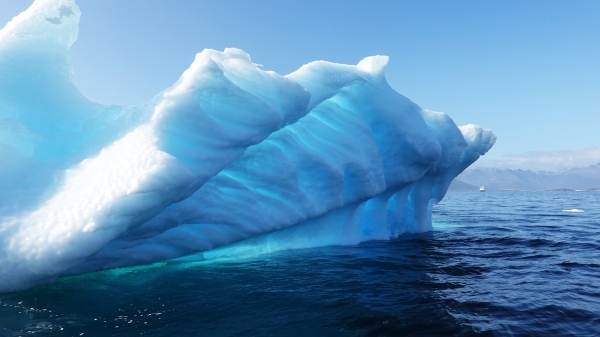Scientists measured microplastic concentrations in the highly productive Barents Sea and suggest that ocean circulation, ice melt, tourism, inadequate waste management, shipping and fishing are all likely contributors.
Numerous studies have shown that global microplastic quantities in the marine environment are increasing, even in remote locations such as the Arctic.
The Barents Sea, which adjoins the Arctic Ocean, is one of the most productive oceanic areas in the world and home to an enormous diversity of organisms.
It is also a key route for Atlantic water flow into the Arctic Ocean and has been earmarked as a potential microplastic hotspot.
Read More: University of Exeter
Photo Credit: dassel via Pixabay)


